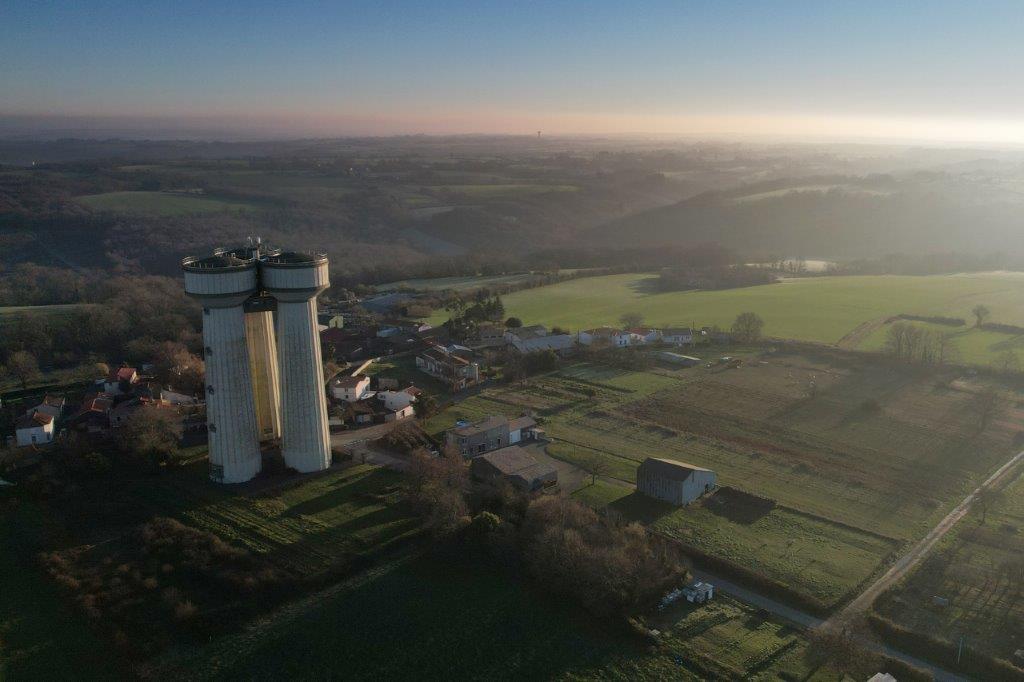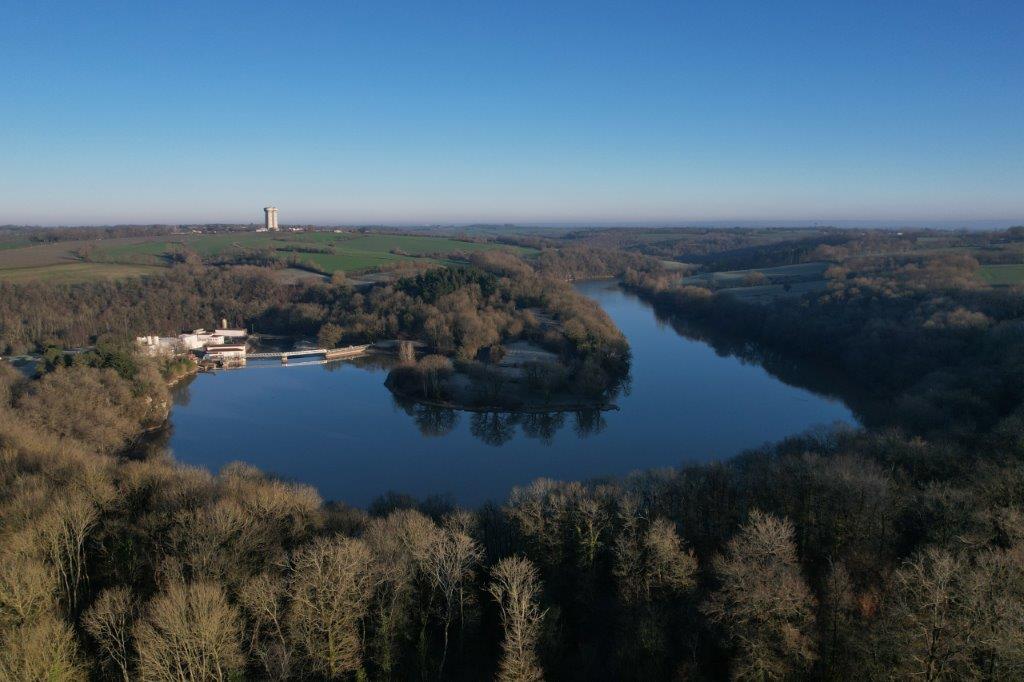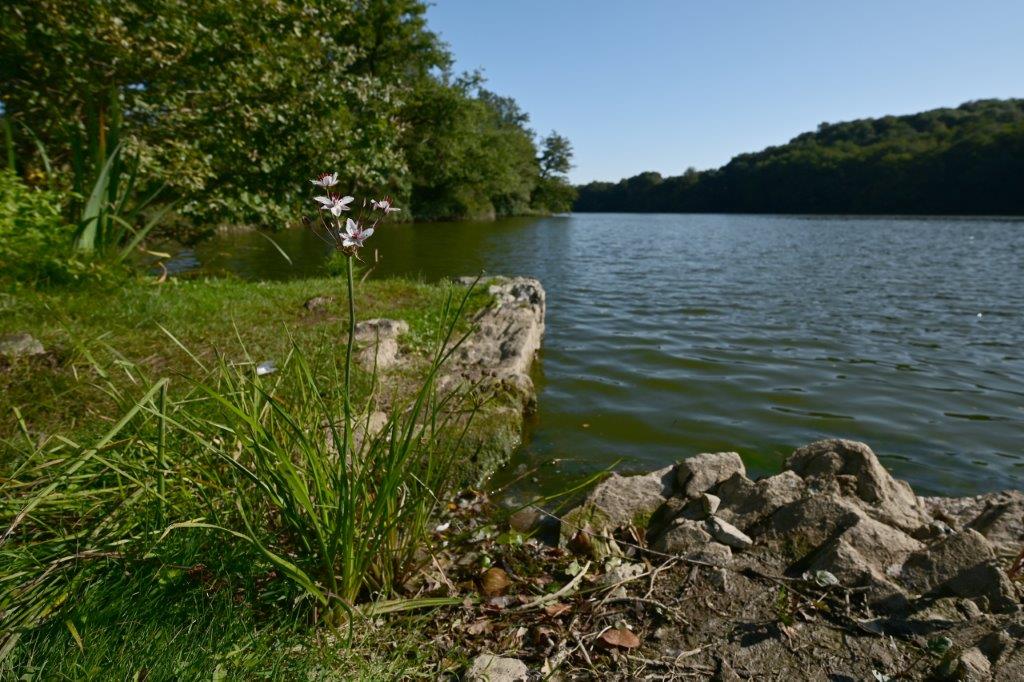Le Lac de l’Angle Guignard
Description
The Angle-Guignard lake stretches the length of the Lay through a succession of original valleys. The best starting points for discovering this wild and beautiful landscape are the hamlets of Le Fuiteau and Touchegray. Marked by steep, rocky slopes, the Fuiteau area offers a quick route to the lakeshore along narrow, steep paths lined with tall trees and hedges. The sunny rocky outcrops encourage the growth of Mediterranean-type plants that can withstand fairly high temperatures. These include the sage-leaved rockrose, which is rare in the département.
Downstream from Touchegray, picturesque paths provide access to the lower reaches of the lake, where the calm waters are adorned with abundant aquatic vegetation. It's here that water birds and aquatic insects roam among the water lilies and duckweed!
On the opposite bank, the Bois de la Pigarnière offers walkers a remarkable view of the last meander of the lake in front of the reservoir. If you're lucky, you may even spot the short-toed eagle, a keen flyer of hedged farmland, flying over the wide reservoir.
Walkers, hikers and joggers will delight in the many and varied paths.
Inaugurated in 1951, the Angle-Guignard dam is now a six-kilometre-long natural reservoir containing over 2 million cubic metres of water and supplying 62 communes.
Fauna & flora worth seeing: Aeschne paisible, Millepertuis de montagne, Vipère aspic, Crypsis faux-vulpin, Circaete Jean-Le-Blanc
- Animals acceptance : chiens tenus en laisse
Lables
- Sensitive natural area
Location
Comfort / services
Prices / opening times
Free



